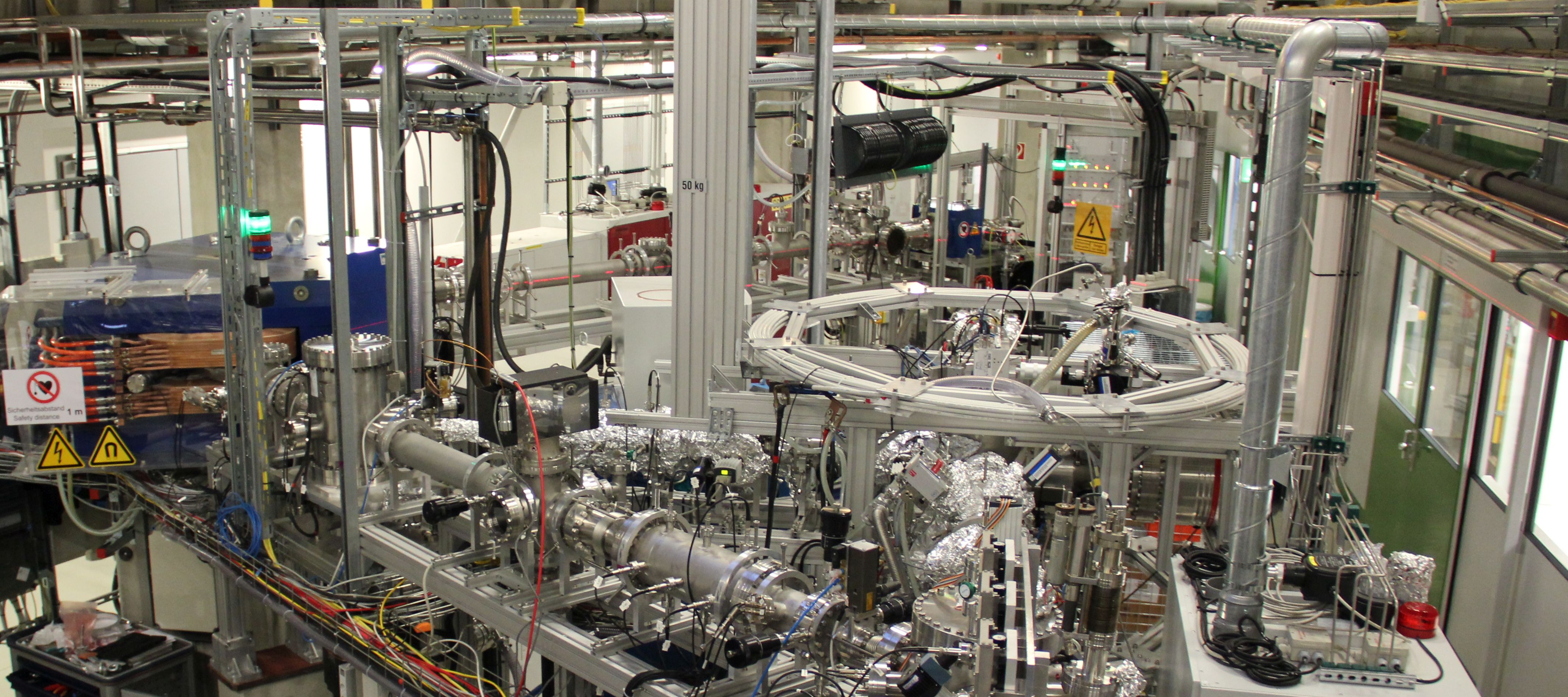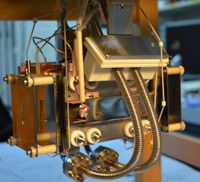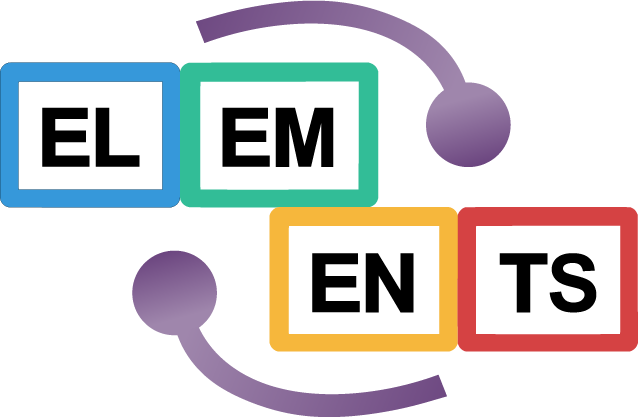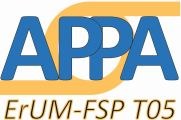Atomic and Molecular Physics
The Atomic and Molecular Physics Group (headed by Stefan Schippers) at the Justus-Liebig-University Giessen specializes in the physics of atomic collisions. The research covers fundamental questions of atomic and molecular structure and collision dynamics as well as applications in atomic and molecular spectroscopy, astrophysics, and plasma physics. The group develops particle detectors, electron beams, and ion sources and performs experiments with charged particle beams (electrons, highly charged ions, molecular ions, cluster ions) at an in house electron-ion crossed-beams setup, at the ion storage rings at FAIR/GSI, at the Heidelberg cryogenic storage ring CSR, and at the Hamburg synchrotron light source PETRA III. The group participates in the following collaborations and research clusters:
- Experiments with electrons and ions at heavy-ion storage rings
The group is a member of the SPARC collaboration on heavy-ion atomic physics at FAIR/GSI in Darmstadt, Germany. Within the SPARC collaboration the group investigates electron-ion recombination processes at the heavy-ion storage rings ESR and CRYRING, where resonant recombination of very highly charged heavy ions can be investigated with utmost precision. This so-called collision spectroscopy can be applied also to short-lived radioactive ions and is sensitive to nuclear, relativistic and quantum-electrodynamical effects. It even allows one to measure the lifetimes of atomic levels in cases where more traditional optical methods cannot be applied. Currently, the group builds a novel transversal electron target for CRYRING which will considerably enhance the sensitivity of the method. This activity is funded by the German Federal Ministry of Education and research (BMBF) via the Collaborative Research Center ErUM-FSP APPA. Furthermore, the group participates also in experiments at the cryogenic storage ring CSR of the Heidelberg Max Planck Institute for Nuclear Physics. This storage ring is operated at a very low temperature of about 10 K which is characteristic for the interstellar medium and, thus, provides very long ion-storage times for novel experiments with stored atomic and molecular ions.
- Investigations of small quantum systems with intense x-rays

The group has spearheaded the (BMBF funded) construction of the photon-ion end station PIPE (see figure above) at the soft x-ray beamline P04 of the PETRA III synchrotron operated by DESY in Hamburg. At PIPE, the group quantitatively studies the interaction of energetic radiation with ionized quantum matter such as postively and negatively charged atomic, molecular and cluster ions. The research program focusses on the study of many-particle effects induced by the removal of inner-shell electrons, high-resolution x-ray absorption of molecules and clusters, and the measurement of absolute photoionization cross sections for applications in astrophysics.
- Crossed beams of electrons and ions

At home in Giessen, the group operates an electron-ion collision setup where an ion beam is crossed with an intense electron beam from an high-current electron gun (figure to the left). This electron gun is an in-house development that also serves as a protoype for the above mentioned electron target at the ion storage ring CRYRING. A special measurement procedure, i.e., the animated-beams method facilitates the determination of absolute cross sections for electron-impact ionization of ions. Recent results for xenon, tin, and tungsten ions are important for the understanding of plasma based light sources for EUV lithography or of plasmas in nuclear-fusion reactors such as ITER, where tungsten will be used as a wall material.
- Development and optimization of ion sources

An in-house ion-beam test bench is available for the development and optimization of ion sources. A double-focussing bending magnet that separates the extracted ions according their mass-to-charge-ratio is used for a detailed analysis of the ion-beam composition. Different types of ion sources can be used for generating a large variety of ion species. Multiply charged ions such as, e.g., Xe25+ can be obtained from an all-permanent-magnet 10-GHz electron cyclotron resonance (ECR) ion source. This type of ion source is also used for the production of (endohedral) fullerene ions. Furthermore, the group employs Cs sputter sources, crystal emitter sources, Penning sources, duo-plasmatron ion sources and electrospray ion sources. The ion-beam test bench can also serve as an irradiation facility for materials science applications or as a mass spectrometer for studying the exhaust of ion thrusters.





